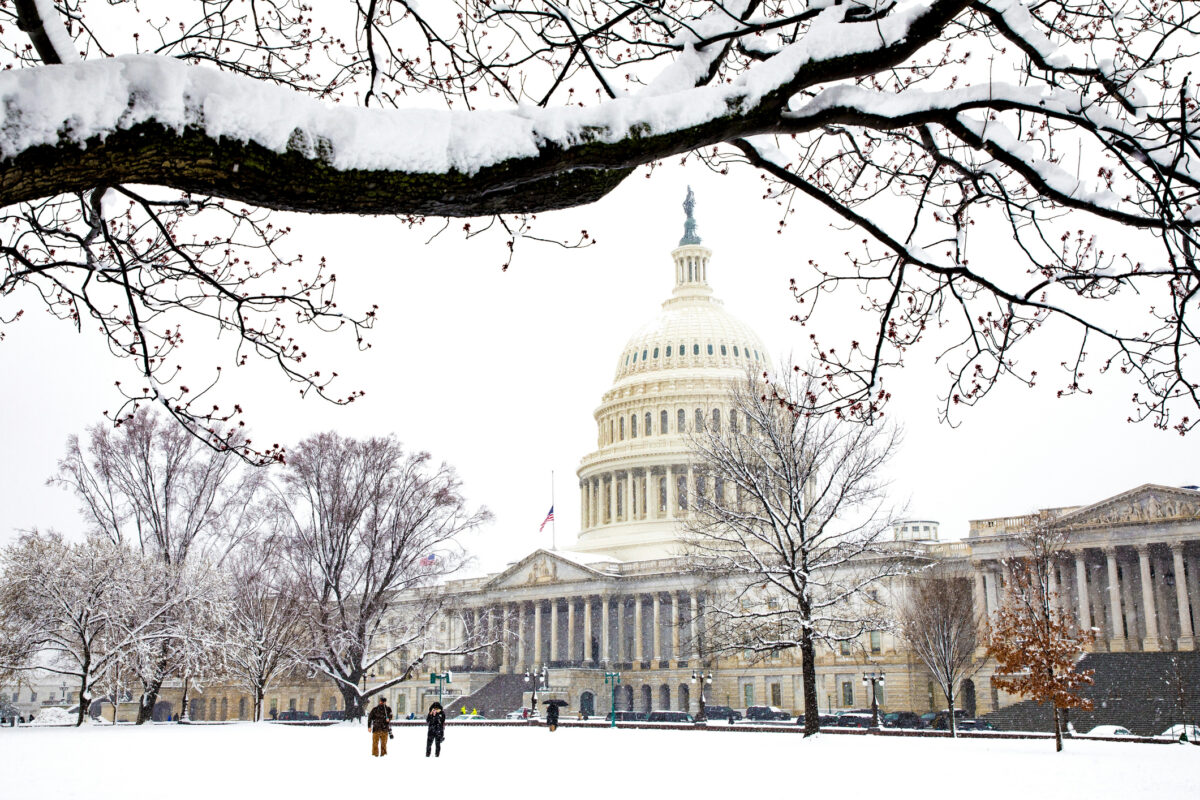IHEP Analysis Finds the Majority of State Flagship Universities Fall Short of Their Promise of an Affordable Education for Students
Published Aug 28, 2019
Washington, DC – Only six state flagship universities are affordable for students from low- or middle-income backgrounds, according to new research from the Institute for Higher Education Policy (IHEP), while students from high-income families can easily afford flagship prices in all fifty states.
IHEP's new report, Opportunity Lost: Net Price and Equity at Public Flagship Institutions, draws on data from each flagship university's net price calculator to assess the affordability of the institutions for five prototypical college students from different socioeconomic backgrounds. While state flagships promise a high-quality, affordable path to a college degree for state residents, IHEP's analysis finds that these institutions are too expensive for most aspiring and enrolled low-income college students.
Flagship institutions are typically the most selective, rigorous, and well-resourced public schools in each state, and their status and name recognition play an important role in raising the college-going aspirations of state residents. However, increasingly high costs of attendance, declining state investment, and inadequate and poorly-targeted financial aid policies mean that too few low-income students have the necessary financial support to attend these institutions.
"This analysis shows that – even at our most well-resourced public institutions – affordability is still a major problem," said IHEP Vice President of Policy Research, Mamie Voight. "Too many low-income students are being shut out of the very schools that were designed to offer them the best chance of success."
Other key findings include:
- Low-income students are asked to pay far more than they can afford: At some flagships, low-income students may need to cover over $80,000 beyond what they can afford over four years;
- Many states and institutions provide financial aid to students who can already afford the cost of college: At 34 flagships, the state or institution provides financial aid to a typical high-income student who comes from a household earning over $167,000 per year; and
- At the most affordable institutions, access remains a problem: Of the most affordable flagships for low-income students, many enroll very few low-income students.
Readers are encouraged to learn more about access and affordability at their state flagship university by exploring IHEP's interactive data dashboard.
"While there are many paths to a high-quality postsecondary degree, flagship universities play a critical role in providing state residents with excellent educational opportunities and promoting social and economic mobility within state communities," said IHEP President, Michelle Asha Cooper, Ph.D. "We hope that institutional leaders and state policymakers step up to reverse these troubling trends and ensure that financial aid and access policies are structured in a way that spurs mobility, especially for low-income and racially diverse students."
The report offers actionable recommendations to promote affordability and equitable access at public flagship universities. These recommendations include:
- Award state and institutional aid primarily based on student need;
- Design need-based aid programs to cover tuition and non-tuition costs;
- Restore and increase general state appropriations to all public institutions;
- Prioritize access for low-income students at flagships by evaluating the equity impacts of recruitment and admissions policies; and
- Design and implement a federal-state partnership to encourage states and institutions to prioritize high-quality, affordable, and accessible higher education options for all students.
This report builds on IHEP's 2017 report, Limited Means, Limited Options: College Remains Unaffordable for Many Americans, which assessed the affordability of over 2,000 American colleges and universities and found that only one to five percent of institutions were affordable for low-income and working-class students.


